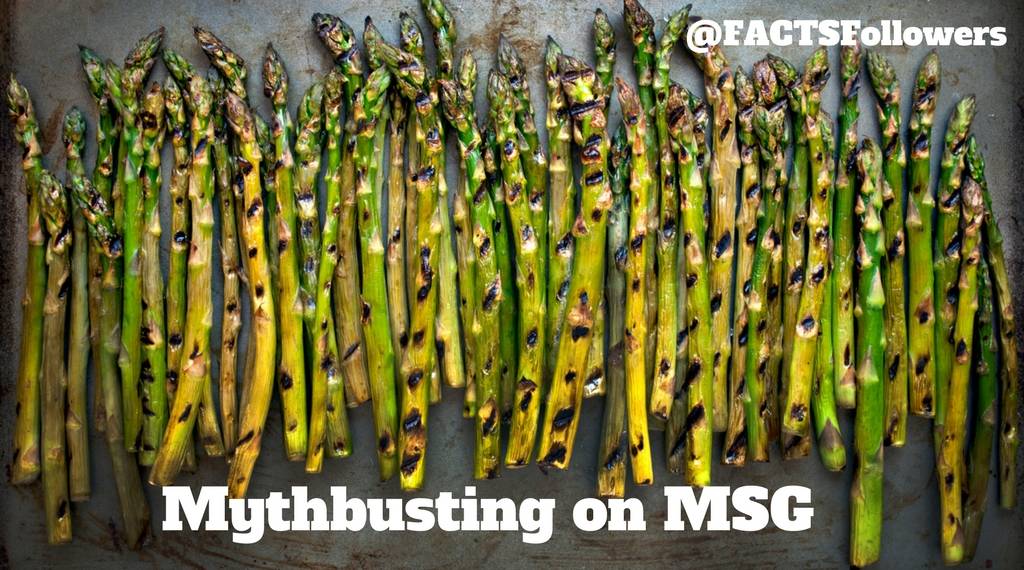These days, there are too many food myths to count. Even with so much noise out there, some common myths continue to capture our attention. Some of these common misperceptions center on monosodium glutamate, or MSG. It’s about time we expose a few of the common myths you may have heard.
But first, what exactly is MSG? MSG is created when sodium and glutamate (an amino acid that is found in both plant and animal proteins) are combined. It is naturally occurring in tomatoes, Parmesan cheese, walnuts, sardines, mushrooms, clams, meat and asparagus. MSG is also used as a flavoring component in foods to bring out savory, umami flavors to a dish.
Myth #1: “MSG gives me headaches and other problems.”
Over the years, we have seen anecdotal reports linking MSG to headaches and nausea. Ever since the first incidents were reported, there’s been no strong, medical evidence to support these claims. The FDA investigated some of these claims and has “never been able to confirm that the MSG caused the reported effects.” In addition, the FDA commissioned a group of independent scientists from the Federation of American Societies for Experimental Biology to examine the safety of MSG in the 1990s. The FASEB report determined that MSG is safe.
Myth #2: “I’m allergic to MSG.”
First off, MSG is not an allergen, so it will not cause allergies. The FDA, leading health authorities, consumer advocates and researchers in the field have identified eight common known allergens: wheat, soy, peanuts, tree nuts, fish, shellfish, eggs and milk. These allergens are the leading foods that cause the majority of reactions to individuals. Furthermore, decades of research have failed to demonstrate that MSG causes allergic reactions. However, if you’re having an allergic reaction dial 911 or consult a health provider immediately.
Myth #3: “’No added MSG’ does not mean there’s no MSG in the food.”
Even if it’s not added to food, MSG can still be present in the food since it’s just sodium and an amino acid, glutamate. Because of this, MSG is naturally occurring in many popular foods, ranging from cheese and meat to fermented sauces and some produce.
The bottom line is that MSG is safe and the circulating myths around it are not aligned with the scientific consensus. So, the next time you hear someone tell you a familiar myth about MSG, feel free to debunk it and remember the facts.
This post was written by Megan Meyer, PhD, and Anthony Flood.
Sources:
MSG From A – to – Z
FDA Questions and Answers on MSG
FDA Food Allergy
FASEB Report
